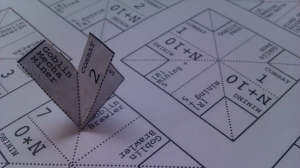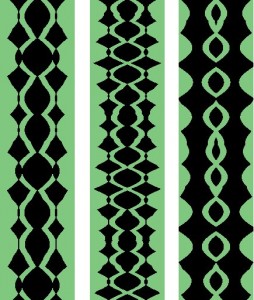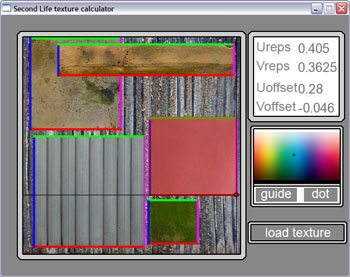 I was playing Magic: The Gathering recently with a friend at a local bar that so happens to have a dedicated darts room.
I was playing Magic: The Gathering recently with a friend at a local bar that so happens to have a dedicated darts room.
That got me thinking- why not have a collectible darts game? After some thought, I nailed down a rough draft of a design, with the following elements:
- The collectible/swappable component is the fins of the dart (“flight”) on which is printed stats and abilities
- The setting/theme of the game is future fantasy, with players competing to mine resources from a planet (the dartboard) by sending units down to the surface (throwing darts)
- All units have:
- a mining stat, combined with the value of the section the dart hits to determine amount of resources gathered
- a combat stat, used to resolve combat between units
- [optionally] an activated ability of some kind, for example: [R] + 5 to mining, which would mean that if the dart lands inside a red section of the board, it earns 5 extra units of resources
- Play proceeds with players alternating to throw darts
- Combat is resolved at the end of a round, and the resource totals are added to each player’s running tally
- The first player to gather a set number of resources (100?) wins
I’m still thinking through the combat system, but in the meantime I wanted to be able to generate some prototype pieces to start playtesting. As such, I wrote a small Python program that accepts a text file describing units and generates a printable PDF that can be used to make flights. I’ll likely be changing the design of the flights a bit (altering the shape and making them slightly bigger), but it’s a good start. To see the generated PDF, go here.
 Follow
Follow



